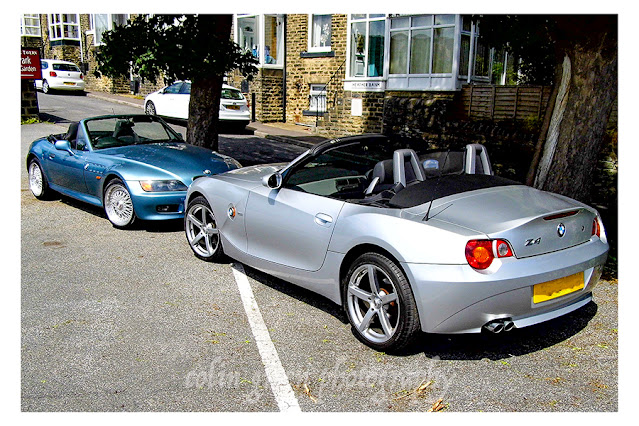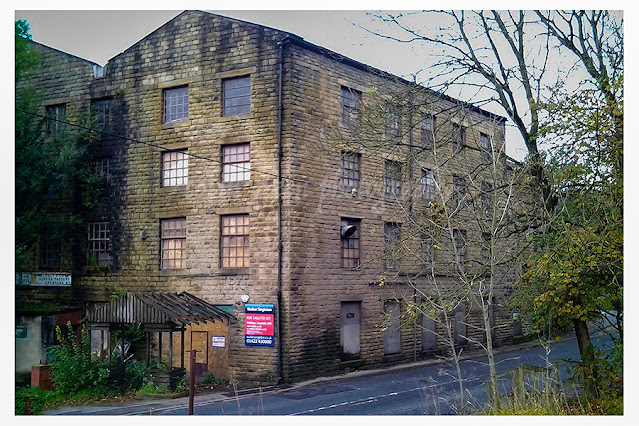Ever stood at a spot where you can have one foot in England and the other in Scotland? That's Carter Bar for you! It's not just a line on a map; it's a place where history and stunning scenery collide.
A Border with a View
Carter Bar is where the A68 road slices through the Cheviot Hills, marking the boundary between England and Scotland. It's roughly halfway between Newcastle upon Tyne and Edinburgh, making it a perfect pit stop for travelers. What makes it special? The views! From here, you can drink in the rolling hills of Northumberland and the picturesque landscapes of Roxburghshire. Don't forget to snap a photo with the iconic marker stones that declare "England" on one side and "Scotland" on the other.
Echoes of Battle
But Carter Bar is more than just a pretty place. It whispers tales of a time when England and Scotland were locked in a fierce struggle for power. Just a stone's throw away from the border, a bloody battle once raged. The year was 1575, and the Raid of Redeswire saw Scottish forces triumph over their English foes. While the battle was small, it was one of the last major clashes between the two nations.
Visiting Carter Bar Today
Today, Carter Bar is a peaceful place where you can stretch your legs, soak in the views, and imagine the drama of centuries past. Whether you're a history buff, a nature lover, or simply someone who enjoys a good road trip, Carter Bar is a must-see.
Here are some things to do at Carter Bar:
- Take photos with the England-Scotland marker stones.
- Enjoy the panoramic views of the Cheviot Hills.
- Learn about the history of the border and the Raid of Redeswire.
- Have a picnic or a meal at the nearby Carter Bar Inn.
- Go for a hike in the surrounding hills.
How to get to Carter Bar:
Carter Bar is located on the A68 road, about 45 miles north of Newcastle upon Tyne and 58 miles south of Edinburgh. There is a parking area on both sides of the border.
Additional Information:
- Carter Bar is open 24 hours a day, 7 days a week.
- There is no admission fee to visit Carter Bar.
- The Carter Bar Inn is open for food and drinks during the day.
- There are public restrooms located at the Carter Bar Inn.










%20Air%20Shaft%206x4%20copy.jpg)
%20Air%20Shaft%20Number%201%206%20x%204%20copy.jpg)

%206%20x%204%20copy.jpg)


%20Walsden%206%20x%204%20copy.jpg)

































